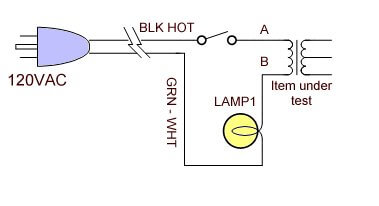dirtyhanfri
Well-known member
Hi
I'm fixing a Leslie-esque Elkatone 700 Amp
Here Is the Schematic

The problem right now is in the amp power supply (+/-40V) both polarities blow fuses as fast as I turn the power on. The rest of the amp seems to be working.
Having a look at the wiring, I found all the grounds are routed to the - lead of a 4700uF cap after the rectifier, and nowhere else. Only the IEC's earth is connected to the chassis
Should I route all that ground to the chassis? It's the first option I thought, and before touching anything it I'd like to be sure.
Any ideas or things to measure apart of that?
Thanks
EDIT: click on the schematic image for a decent size view
I'm fixing a Leslie-esque Elkatone 700 Amp
Here Is the Schematic

The problem right now is in the amp power supply (+/-40V) both polarities blow fuses as fast as I turn the power on. The rest of the amp seems to be working.
Having a look at the wiring, I found all the grounds are routed to the - lead of a 4700uF cap after the rectifier, and nowhere else. Only the IEC's earth is connected to the chassis
Should I route all that ground to the chassis? It's the first option I thought, and before touching anything it I'd like to be sure.
Any ideas or things to measure apart of that?
Thanks
EDIT: click on the schematic image for a decent size view

























![Soldering Iron Kit, 120W LED Digital Advanced Solder Iron Soldering Gun kit, 110V Welding Tools, Smart Temperature Control [356℉-932℉], Extra 5pcs Tips, Auto Sleep, Temp Calibration, Orange](https://m.media-amazon.com/images/I/51sFKu9SdeL._SL500_.jpg)







